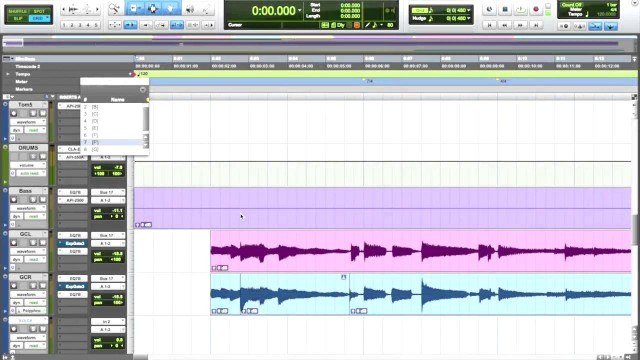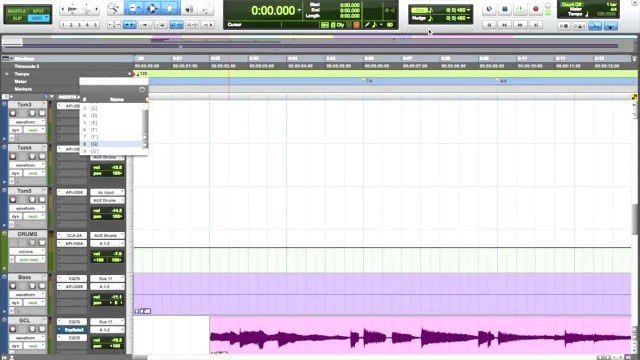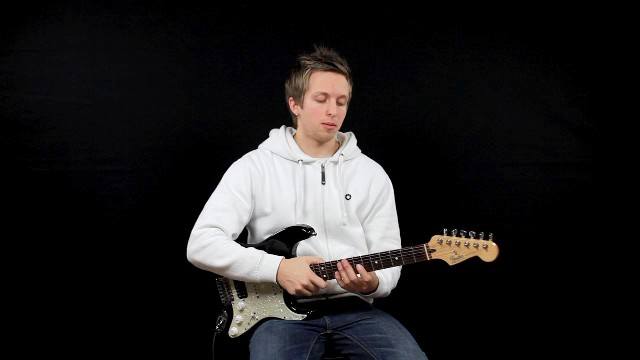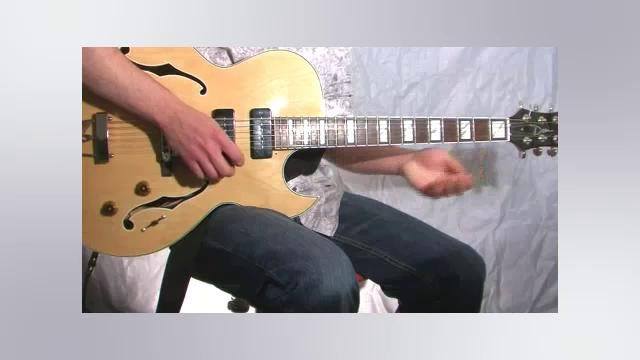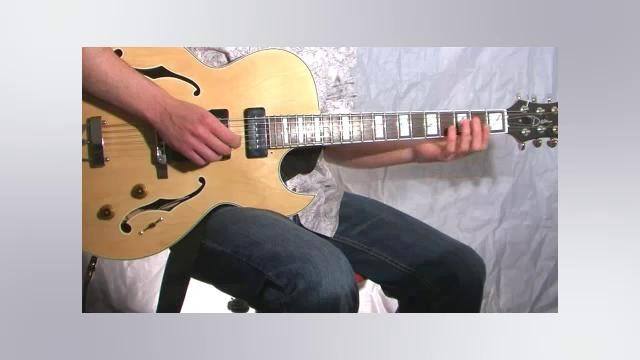Hi there you lovely people. I now bring you a lesson on the circle of fifths. The circle of fifths is a quick way to see just how many sharps and flats each major key and its corresponding minor key have. Going clockwise around the chart below takes you up the intervals of a Perfect 5th. C major is shown at the top of the chart, the scale in the one o' clock position is G major. It is a perfect fifth above C major. Counter clockwise shows the keys which contain flats. These keys are a 4th apart. F is a perfect fourth above C, Bb is a perfect fourth above F.
The bottom of the circle of fifths chart shows what happens when the flat keys meet the sharp keys. The key of Db major has the same sound as C# major, yet they would look very different on paper. As you can see from the chart, the key of Db has 5 flats; the key of C# has seven sharps. The term applied to this situation is enharmonic equivalent. This term popped up in the lesson on intervals and it applies here in the same way.
Every major key has a corresponding minor key which is called the relative minor. This minor scale is also called the natural minor scale or aeolian mode. Its beginning note is the 6th note of the major key. In the key of C major, the sixth note is A. Therefore, the relative minor of C major is A minor. This minor key begins on an A note and proceeds upward using only the notes found in the C major scale. So, the notes in A minor are the same as those found in C major, only beginning on an A note: A, B, C, D, E, F, G.
The sequence of sharps and flats stays consistent in every key. If one sharp appears in the signature at the beginning of a piece of music, it will always be F#. If two sharps appear, it will be F# and C#. The same is true for flats.
Shown below is a chart showing all of the key signatures and the number of flats and sharps in each key.
This concludes our lesson on the circle of fifths. Take care!
 |
 |






























